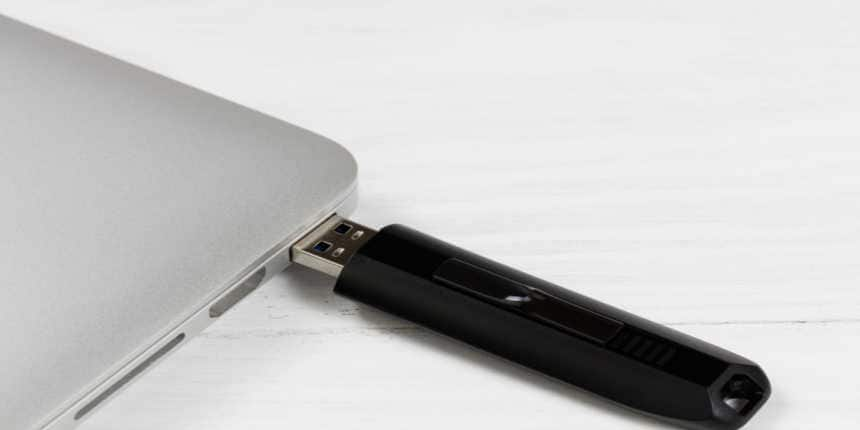USB Full Form
What is the full form of USB?
The full form of USB is Universal Serial Bus. As the name indicates it works as a bus to transport the data from one gadget to another. It works as an interface between the devices. For example: PC to Mobile, Mobile to Laptop, even Mobile to Mobile.
History of USB
USB was first introduced in 1996, and it was developed by numerous companies over America like IBM, Intel Corporation, and Microsoft Corporation, as they wanted to give universal accessibility for all the gadgets. Once it was discovered, it became the simplest way to transfer data by connecting hardware to the PCs or Laptops. Nowadays it is used in almost all gadgets like laptops, printers, set top box, keyboards, cameras, pen drives and all external hard drives.
- What is the full form of USB?
- History of USB
- Types of USB
- Type A
- Type B
- Type C
- Difference Between Type B and Type C
- Generations of USB
- Advantages of USB
- Disadvantages of USB

Types of USB
Till now there are three types of USB. They are
Type A
Type B
Type C
Type A
This type of USB is used widely in our day to day life. It could be seen in TV, laptop, CPU, router, set top box etc. It could be identified with its rectangular shape with one side adaptor.
Type B
Type B is not profoundly seen and used. Yet we could find it in printers. It looks prominently in square shape. From this type, mini USB and micro USB have been made. Mini USB is seen in cables used for transferring data in cameras and micro USB is seen in mobile phone chargers, but it is no longer in use as many of the companies switch their model to the upcoming type which is type C.
Type C
This is the trending type of USB used in all devices mostly in mobile chargers. Because it is very user friendly even, we could connect while closing our eyes. Yes, this type is provided with both sides accessible and reversible. Because of this there is less chance for mismatching the sides. So, it increases its lifetime too. It also allows reverse charging so that we could connect a PC and mobile, mobile and mobile for charging and transferring data efficiently at high speed.
Difference Between Type B and Type C
TYPE B (Micro USB) | TYPE C (Micro USB) |
It is one sided accessible and should be inserted appropriately to the socket. | It can be inserted freely as it is accessible on both sides. |
Data transferring speed is 480 Mbps. | Data transferring speed is 5 to 10 Gbps/sec. |
Charging speed is comparatively slower than type C. | Charging speed is high as it provides 100 watts power supply which is enough to charge a laptop. |
It is used for transferring data and charging. | It is used for charging, data transferring and also allows audio support. |
Generations of USB
Generation in the sense indicates its speed of transferring data. They are categorised as USB 1.1, USB 2.0, USB 3.0, USB 3.1.
VERSION | SPEED | BIT/SEC |
USB 1.0 | Low speed | 1.5 Mbps-12 Mbps |
USB 2.0 | High speed | 480 Mbps |
USB 3.0 | Superspeed | 5 Gbps |
USB 3.1 | Superspeed plus | 10 Gbps |
Advantages of USB
It does not need any internet connection to transfer data as it is done through cables and portable USBs.
As it has universal access, it can be used in all types of gadgets.
It is a time saving device as we can carry it to any place.
It is a low invested device that can be used for longer as per handling it.
Disadvantages of USB
It will get damaged easily if it is dropped or inserted improperly.
It has limited space for storing data when it comes to pen drives.
It is advisable to use only one device unless lending to everyone for a long life.
Other Related Full Forms
Frequently Asked Questions (FAQs)
USBs are not designed for long term use. It can store data up to a period of 10 years.
It is sometimes risky if it is detected with a virus. So, whenever we connect to an unknown device, we should check for virus security.
The type B USB has an adapter on one side. So, while inserting it in the socket we should be cautious with it and fix it inversely to the pattern seen in the socket.
It depends on the brand we decide to buy. In the market, there are many cheap products but they won't last longer. So, if you think about it’s life then invest one time on a branded product.
In a USB we can store files, documents, video and audio files as per its storage space.